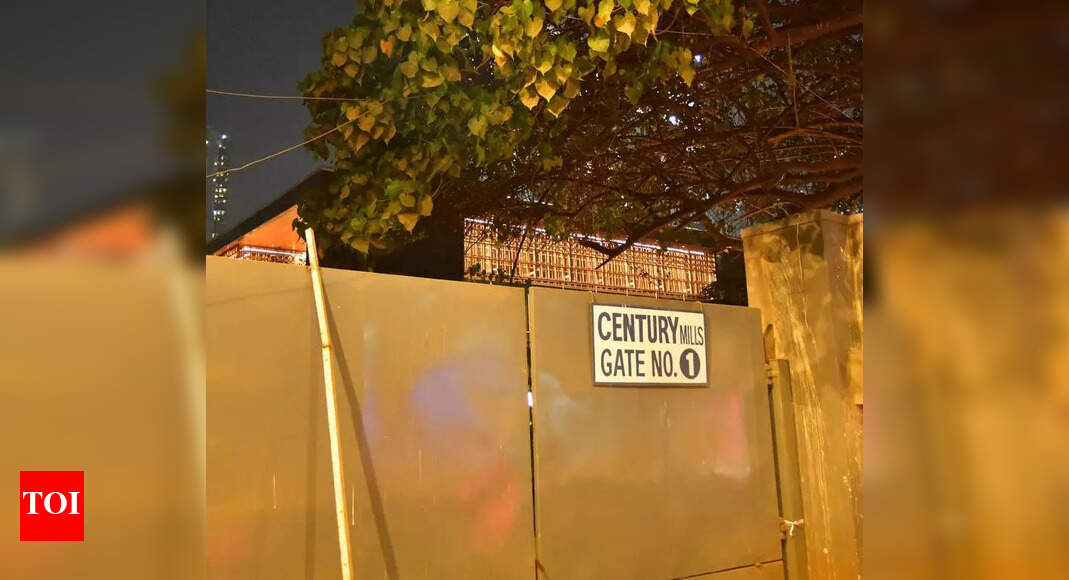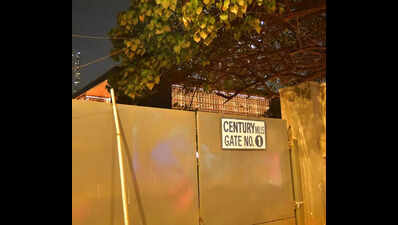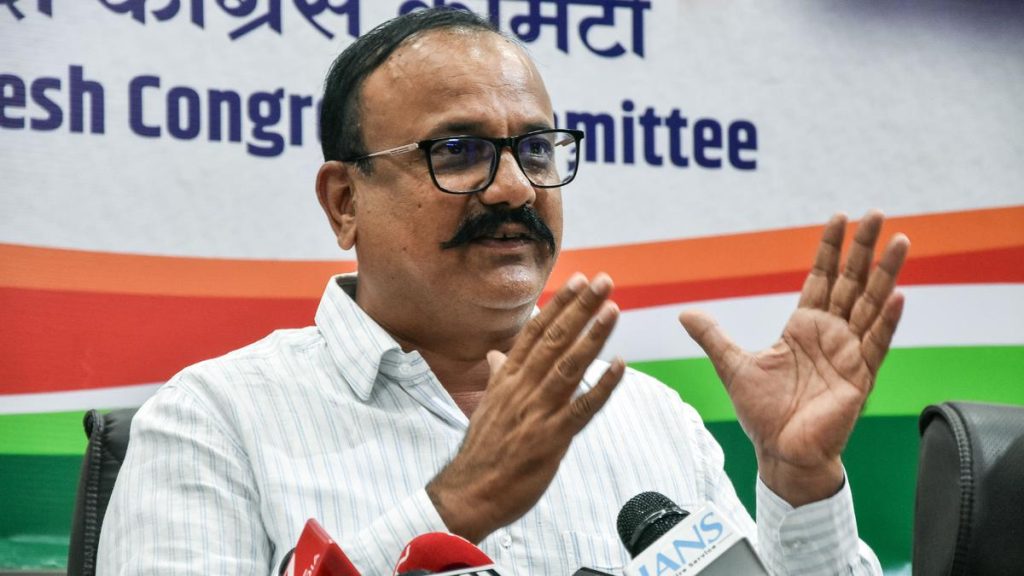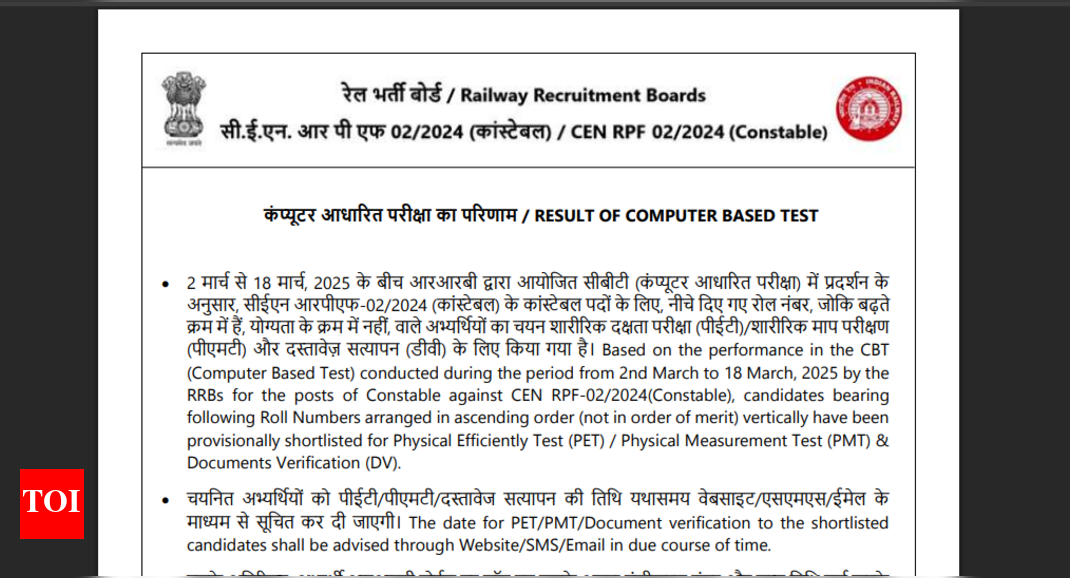Now Reading: BMC Surveys Lower Parel Land After SC Rejects Century Textiles’ Claim
-
01
BMC Surveys Lower Parel Land After SC Rejects Century Textiles’ Claim
BMC Surveys Lower Parel Land After SC Rejects Century Textiles’ Claim

Fast Summary:
- The Brihanmumbai Municipal Corporation (BMC) has begun a table survey of a six-acre plot in Lower Parel, Mumbai, five months after the Supreme Court rejected Century Textiles and Industries Ltd.’s ownership claim over the land.
- The table survey records details such as structures,encroachments,obstructions,and tree cover on the plot. It is expected to take over a month to complete.
- the land houses approximately 450 tenants as per earlier BMC records; though, current numbers are estimated to be higher.Many occupants are kin of former mill workers.
- Originally leased in 1927 for housing lower-income workers, plans for rehabilitation of eligible tenants belonging to mill workers are under consideration by BMC officials.
- Valued at Rs 800 crore-rs 1,000 crore currently, possession was formally relinquished by Aditya Birla Real Estate Ltd via letter on march 10 following Supreme Court directives.
- Legal opinions are being sought regarding tenant re-accommodation obligations and possible changes in designated land use once possession is secured.

Indian Opinion Analysis:
The ongoing developments highlight how historical leases granted for worker welfare can become contentious legal disputes decades later when urban dynamics evolve and real estate values soar. With an official valuation between Rs 800 crore-Rs 1,000 crore attached to this prime plot in Lower Parel-a critical area within Mumbai’s economic hub-the outcome of BMC’s acquisition process will have notable implications for both civic planning and socio-economic fairness.
For many original mill workers’ families who remain tied to this property due to generational accommodations provided decades ago under socially-driven leases from corporate entities like Century Textiles Ltd., the exploration of rehabilitation proposals is pivotal. Moreover, deciding whether land-use alterations (originally slated exclusively for low-income housing) could be permissible introduces policy questions about balancing urban growth goals with historical agreements.
As Mumbai faces increasing demand pressures on urban spaces amidst ongoing gentrification trends alongside unresolved equity concerns from past industrial closures contributing displacement injuries-future case exercises reverberating-wide modern-redressing-policy roles grow impactful-realistically-neutral also adjust cities developmental expectations quicker-remove-unviable stale overlaps
























